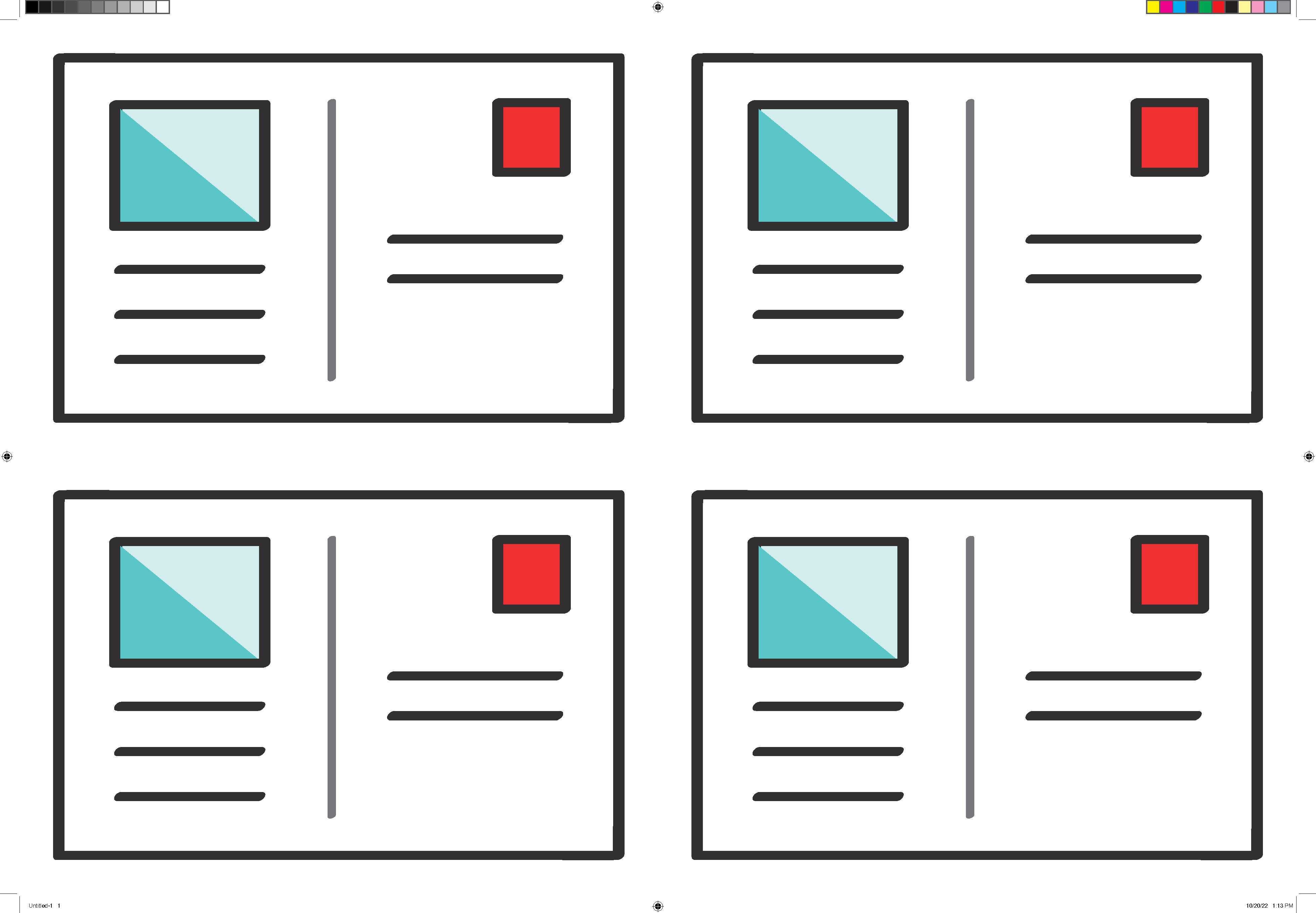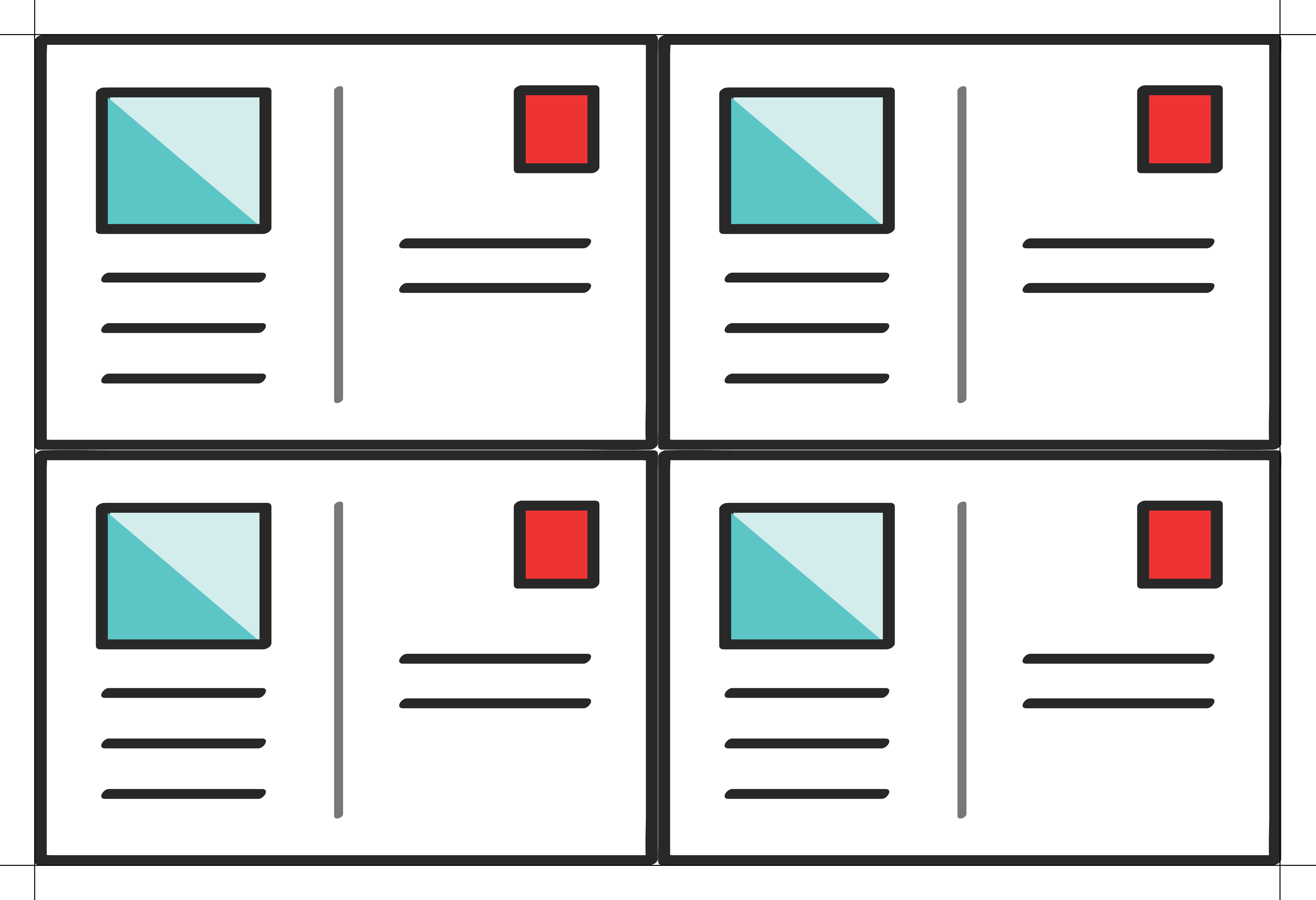Did you know that using paper actually supports the preservation (and even expansion) of U.S. forestland by making forest products profitable to grow? Sounds crazy, we know, but it’s true. Total forest area in the United States actually increased by 18 million acres between 1990 and 2020, the equivalent of around 1,200 football fields every day.
If people didn’t use paper products, including commercial printing papers like those used for direct mail, forestland would be sold off for commercial development or agricultural purposes. By using paper, you support the health and future of our nation’s forests. This doesn’t mean, however, that you can’t make your direct mail more sustainable by making smart decisions.
Make it valuable
The number one way to make your direct mail sustainable is to make it valuable. Create content that’s worth keeping, because the longer we keep paper out of a landfill, the longer it sequesters carbon. You may be thinking, but what about recycling? Recycling is key to reducing carbon emissions, but paper can only be recycled a finite number of times. Creating content that endures, however, extends not only the shelf life of paper but the length of its entire lifecycle.
Design to reduce waste
Reducing waste starts with design. Create a self-mailer or a postcard, for example, instead of a letter that requires a separate envelope. Plan to print double-sided instead of single-sided to reduce paper and ink. You can also design your direct mail so the artwork optimizes the print page size so there’s little wasted paper to trim. Another tip is to avoid flood colors in your design, especially darker colors like black and blue, as they use a lot of ink.


Whether your postcards are 5″x7″ or 6″x9″, you can only fit four per 13″x19″ sheet, but the larger size yields less paper waste—and it’s the same price.
Check twice, print once
Plan your campaigns carefully. The old workshop adage “measure twice, cut once” applies to direct mail, too. Double check, proofread, and get extra eyeballs on the project to ensure there aren’t mistakes that would require you to reprint.
Clean and target your data
Another way to make your direct mail more sustainable is to start with your data. Make sure it’s clean, accurate, and segmented to target the right people. This allows you to mail less and avoid sending duplicates or undeliverable mail. Better targeting also means you get more bang for your buck; you’re only sending direct mail to those customers who are a good fit for your business and, thus, more likely to respond.
Choose your paper wisely
Most of the paper sold in the United States comes from sustainably managed forests, but if you want to be sure, choose papers with environmental certifications such as those from the Forest Stewardship Council (FSC) and the Sustainable Forestry Initiative (SFI). Using paper with environmental certifications ensures that the fiber used to create the paper for your direct mail was harvested responsibly.
Even still, there are a lot of options to consider when it comes to paper. Because each project has its own set of requirements and goals, there’s no single right answer as to the “best” paper. Both on the More Vang blog and here, we’ve written about the pros and cons of PCW recycled paper, virgin fiber paper, and papers made from alternative fibers such as eucalyptus. Take the time to research and learn about the options so you can make an informed choice on the paper that’s going to best meet both your project and sustainability goals.
Print digitally
Two primary methods of commercial printing are digital and offset. Of the two, offset printing has a greater environmental impact because it creates more waste than digital printing, with make-ready time and use of aluminum plates for each project. Digital printing, on the other hand, doesn’t require the same type of set-up, so there’s less paper waste and no aluminum plates. In addition, most newer digital printers, like our Canon iX, use VOC-free, water-based inks, unlike the oil- or vegetable-based inks for offset.
Keep it simple
Avoid using varnish, laminate, UV coating, foil stamping, or adhesive. While many of these finishing options may enhance the look or durability of your direct mail, they aren’t the most environmentally friendly. The most sustainable finishing option is water-based aqueous coating. It provides a layer of protection while still being 100% biodegradable.
Each of these tips on their own might not do much, but collectively, they can make a huge difference in the sustainability of your direct mail. Want to explore environmentally friendly options for your next project? Give us a shout.

